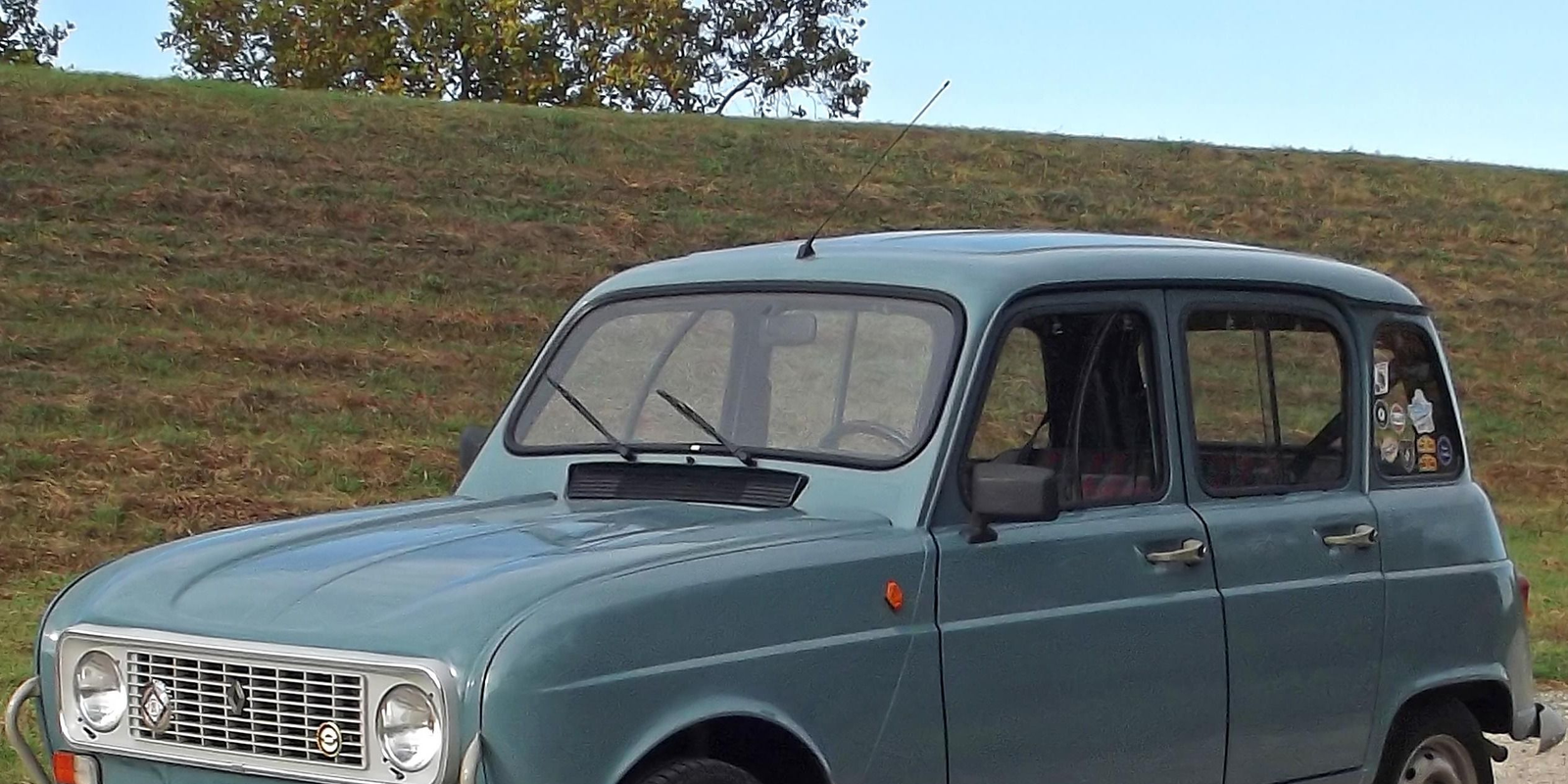A steep windshield, a few instruments and a clutch handle
Now we are more interested in the events of the 1980s, at that time there were three trim levels: L was the low model, TL was the middle model (with fog light, rear seatbelts, heated rear windshield and radio), and GTL was the top one. This Ocean Blue TL is equipped with the excellent 1.1 engine and front disc brakes. Its previous owner loved it, cared for it, and it reached its current owner a year ago, with the OT license plate already on. Before using it regularly, you had to replace the battery and all the rubber parts, tires, ignition switch and tires on it.
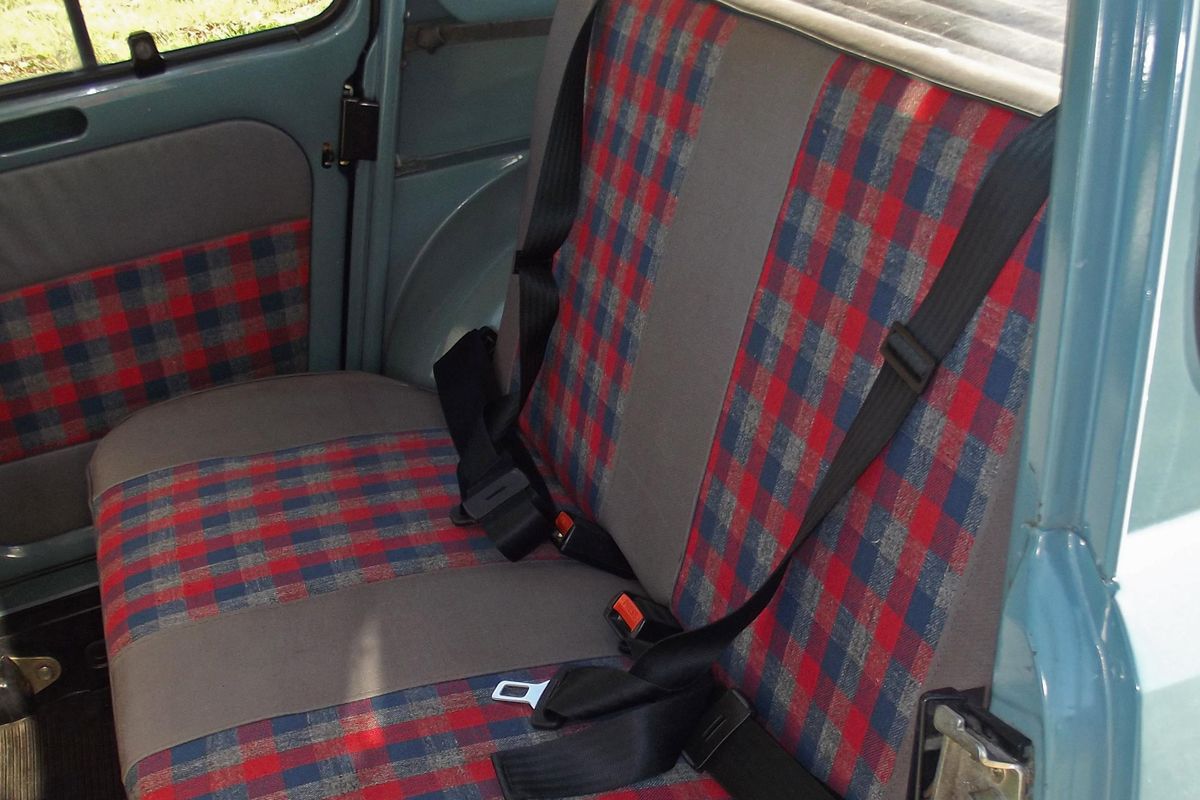
After opening the thin doors, it quickly becomes clear that spaciousness is not the R4's strong point – it's particularly narrow at the edges, the shoulders of the two medium-sized front passengers brush against each other, and it's not easy for us to sit in the back either.
The dashboard consists of a speedometer, several indicator lights and two switches, next to which there are shelves on two levels.
The wipers are located in the passenger's field of vision. After start-up, the engine, which was also used in the Renault 6, but here its power has been reduced from 45 to 34 hp, hums softly, while we can recognize the handling with the distinctive 'shift knob'.
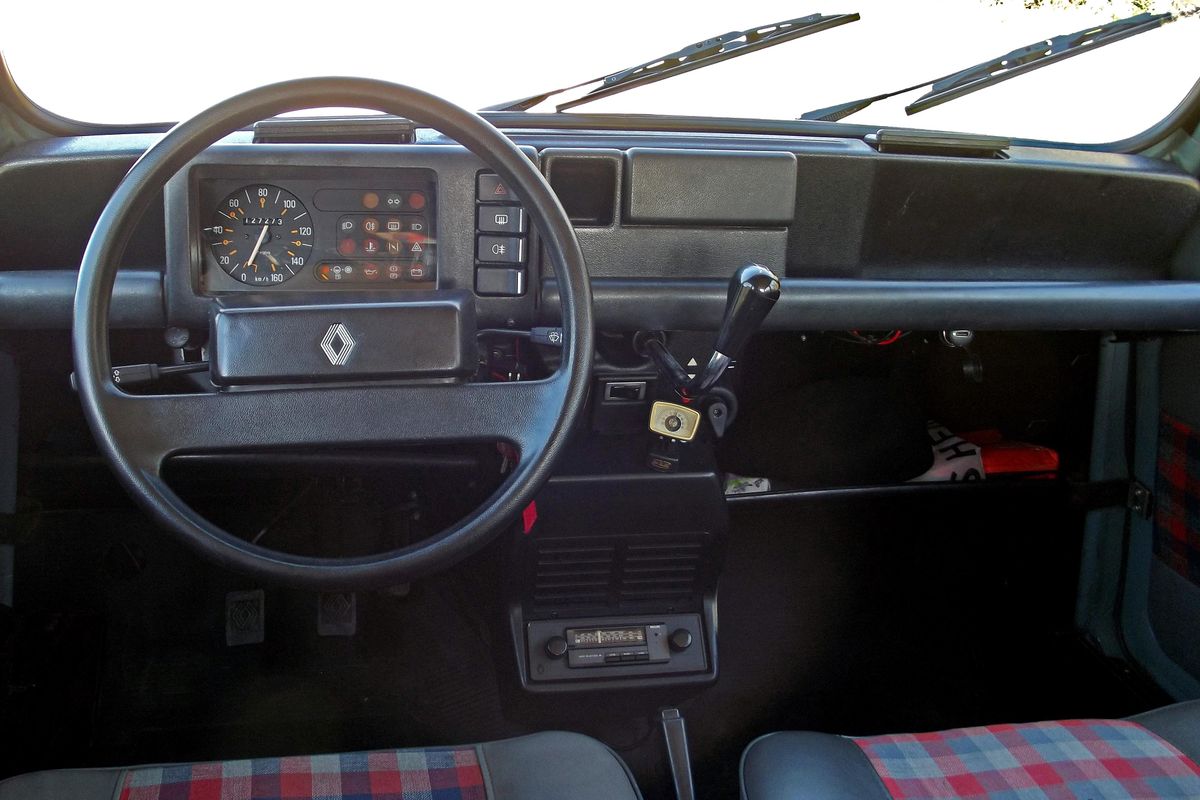
As it turns out, it's easy to learn: the empty one is in the middle, one turns to the left and pushes forward, two is pulled out, three turns to the right and pushes in, and four is pulled out. These movements are transmitted forward by a long rod above the engine to the water cooler, before which it breaks at a right angle, and another rod extends to the gearbox housing. However, it is possible to change gears precisely and easily, and the 1.1 doesn't mind over-revving, while being particularly agile. It's not a powerhouse, but it's more usable than early R4 cars, and can travel at around 100km/h without making noise, in which case the wind makes more noise.
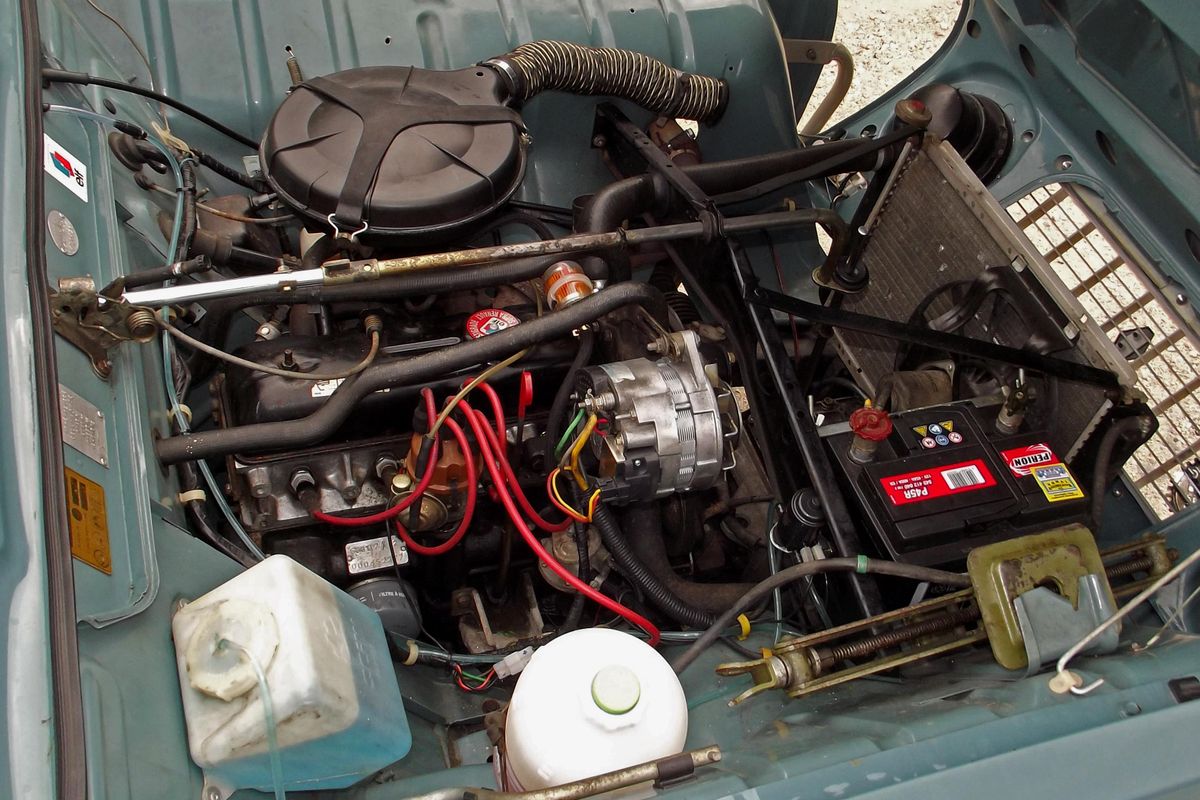
You're on the road hard, but what's going to happen around the corner?
Compared to a small car, the chassis is incredibly soft, it deftly moves away from minor road imperfections, only a few of the larger imperfections feel dull knocks. The R4 handles quite stable in a straight line, but as we've come to expect, it leans a lot in corners, even if it doesn't stand as wide as a duck. Fortunately, at normal pace, it remains secure all the way on the 135 tires, is hardly sensitive to changes in load, and its action is even more frightening from the outside than from the cab… The rack-and-pinion steering is direct and precise, responds well to small movements, and Easy to turn – the ladies of the R4 liked the good handling.
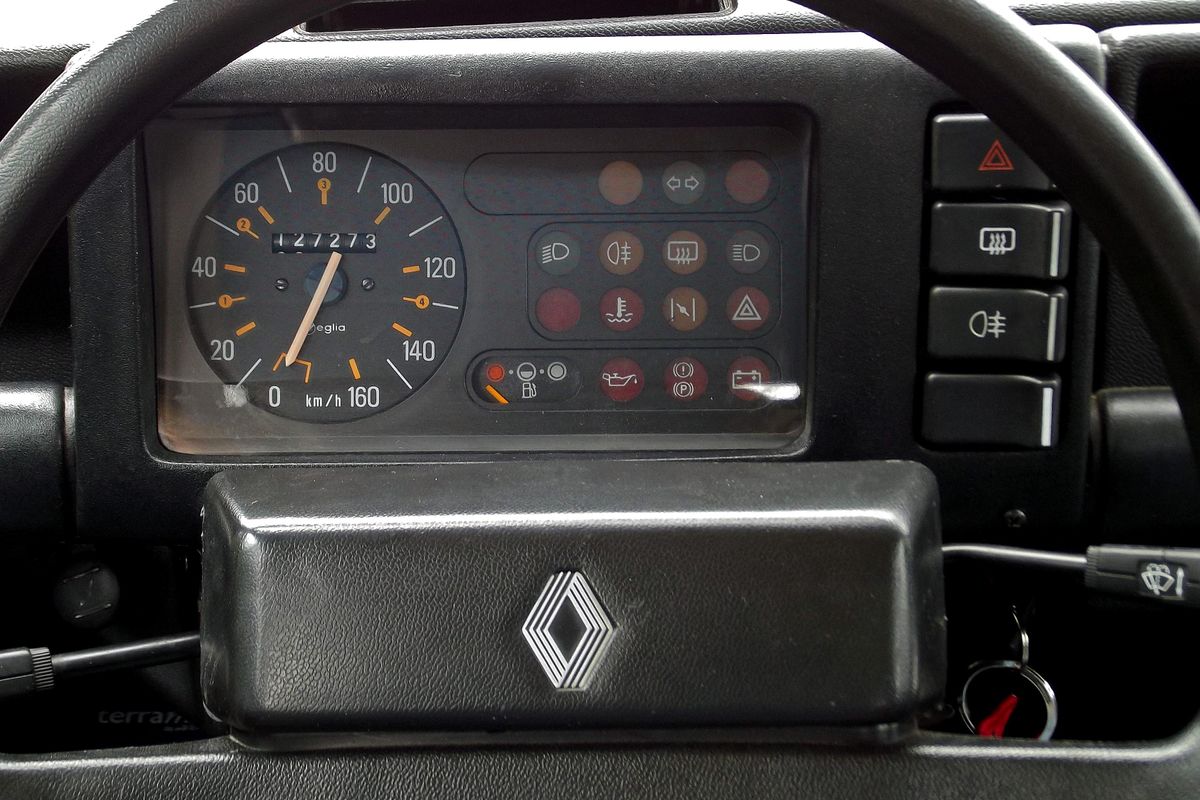
Due to the lack of front disc assist and rear drum brake system, you have to press the pedal a little harder when decelerating from highway speed, but in the city this is not a problem, and given the weight of about eight kilograms including the driver, its efficiency is not bad either. . All in all, we're introduced to a nice, surprisingly good veteran in this late model, which is easily repairable, while being cheaper than popular European crossovers (Bogar, Duck, Mini, Fiat 500) and available in stock. Prices range from €5 to €7,000, while very early examples can be run for twice that amount.








































